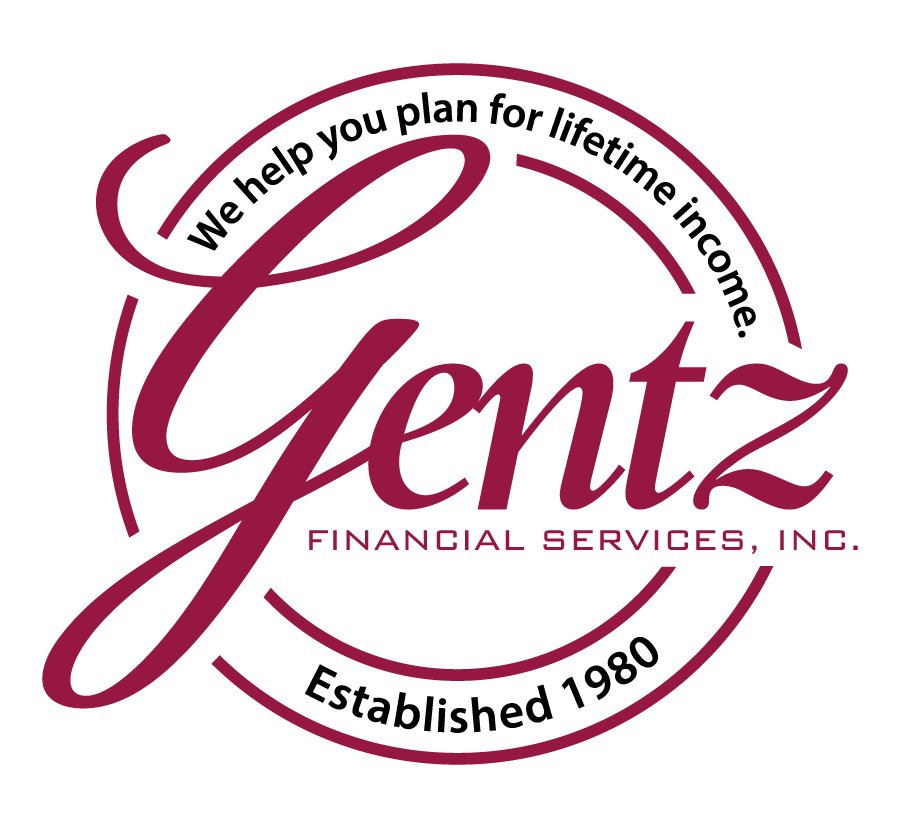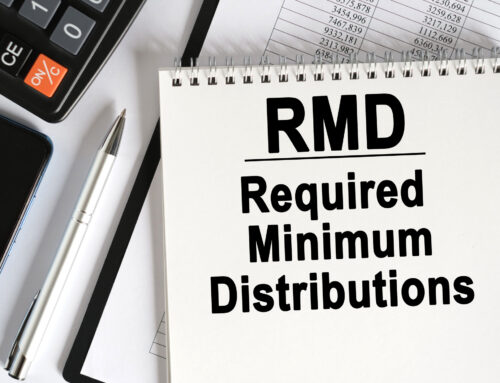
Retirement accounts are a cornerstone of today’s retirement strategies. While everyone might recognize the terms “IRA” or “401(k),” it’s important to familiarize yourself with how they work so you can understand how they may play a role in your own retirement strategy and timeline. Once you approach retirement, there are so many ways you can use these types of accounts, or the funds in them, to structure a retirement that works for you.
First, let’s understand the IRA or Individual Retirement Account. These accounts are tax-advantaged savings accounts designed for long-term retirement planning. There are two main types of IRAs: Traditional and Roth.
Traditional IRAs offer tax-deductible contributions and tax-deferred growth. Contributions reduce your taxable income for the year, but withdrawals in retirement are taxed as ordinary income. There are also contribution limits for both Traditional and Roth IRAs that refresh each year. If you contribute more than the threshold, you’ll have to pay penalty fees.
Roth IRAs are funded with after-tax dollars, meaning contributions are not tax-deductible. This means that qualified withdrawals in retirement are tax-free, including investment gains. As such, these can be powerful income tools if used correctly. Roth IRAs have no required minimum distributions (RMDs) during the account holder’s lifetime, but they do have income limits in order to qualify to contribute to them. Income limits and contribution limits are both updated yearly.
IRAs are subject to early withdrawal penalties of 10% if funds are withdrawn before age 59½, with some exceptions for specific circumstances like first-time home purchases or educational expenses. Traditional IRAs are also subject to Required Minimum Distributions (RMDs) starting at age 73 (as of 2024).
To open an IRA, individuals can choose from various financial institutions, including banks, credit unions, and online brokers. The choice of investments within an IRA can include stocks, bonds, mutual funds, and exchange-traded funds (ETFs).
Now, let’s understand how the IRA differs from the 401(k). When comparing IRAs to 401(k) plans, the main differences are that 401(k)s are employer-sponsored, often include employer matching contributions, and have higher contribution and catch-up contribution limits. IRAs, on the other hand, often offer more investment choices and can be opened by individuals regardless of their employment status. It’s important to note that both IRAs and 401(k)s can come in the Roth variety, but you won’t be able to access a Roth 401(k) if your employer doesn’t offer it.
We’re just scratching the surface of what you can do with a retirement account, and there are many strategies, dos, and don’ts involved in transferring to or from a retirement account when making use of your funds for retirement. Reach out to us today if you want to know how you get the most out of your retirement accounts.
https://www.investopedia.com/terms/i/ira.asp
This information is provided as general information and is not intended to be specific financial guidance. Before you make any decisions regarding your personal financial situation, you should consult a financial or tax professional to discuss your individual circumstances and objectives. The source(s) used to prepare this material is/are believed to be true, accurate and reliable, but is/are not guaranteed.
SWG 3904823-1024











